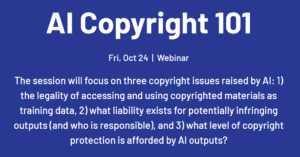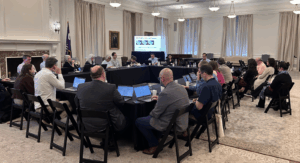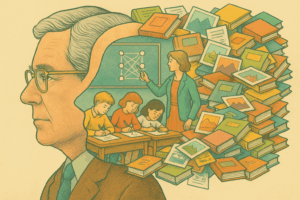AI Copyright 101 with OCEAN
This fall semester, OCEAN and Authors Alliance will be co-hosting a full Discussion Series on AI and its implications for authors, artists, scholars, researchers and professionals working in libraries, archives and museums. We’re kicking off our fall programming with an introduction to the latest AI legal issues. This conversation is especially important as the law in this area rapidly evolves, with new legislative and regulatory approaches emerging that could significantly reshape how your organization navigates AI.










